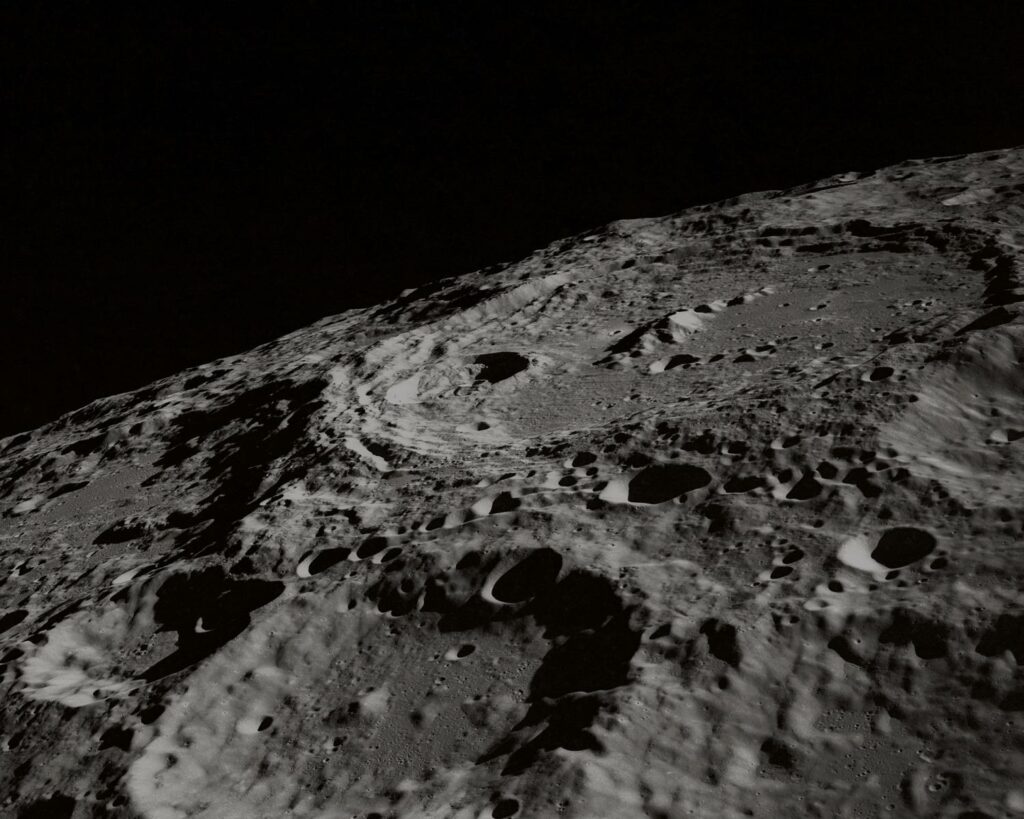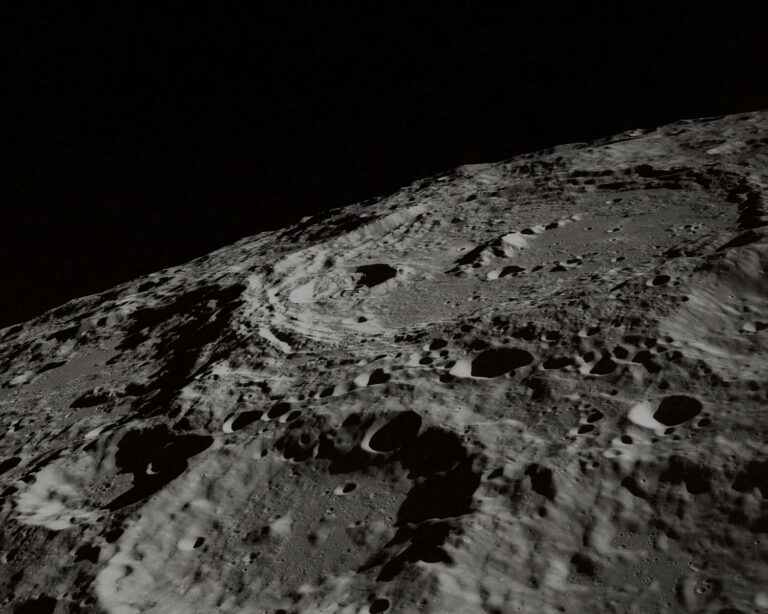Chang’E-5 samples reveal how young volcanism occurred on the moon.
How youthful volcanism developed on the moon is explained by a recent study lead by Prof. Chen Yi of the Institute of Geology and Geophysics of the Chinese Academy of Sciences (IGGCAS).
The scientists discovered that youthful lunar volcanism might be caused by a mantle melting-point dip brought on by the existence of fusible, readily melted components.
On October 21, their research was released in Science Advances.

Since all of the lunar samples from the Apollo and Luna missions are older than 3 billion years, experts believe that the moon has remained geologically dormant since that time. However, the fresh samples from the moon sent back by China’s Chang’E-5 mission in 2021 showed remarkably recent volcanic activity that was only 2 billion years old.
The heat driving the volcanic activity on the tiny, stony moon ought to have dissipated long before these outbursts 2 billion years ago.
So what is happening? In the past, scientists have proposed that the late stages of the moon’s life’s volcanism may have been caused by either a high water content or heat-producing substances in the lunar interior. The Chang’E-5 results, which were just published in Nature, have disproved these hitherto popular theories.
“Either increasing temperature or lowering melting point can result in recent melting of the lunar mantle. We should estimate the temperature and pressure at which the youthful volcanism was formed in order to better comprehend this issue “Prof. Chen added.
The scientists compared 27 priceless Chang’E-5 basalt clasts with Apollo basalts using fractional crystallization and melting models of the lunar mantle. They discovered that compared to earlier Apollo magmas, the youthful Chang’E-5-source magma had more calcium oxide and titanium dioxide.
According to Dr. Su Bin, the study’s first author, “this is an amazing conclusion, showing a large contribution of late-stage lunar magma ocean cumulates to the Chang’E-5 volcanic eruption.”
Due to the late-stage lunar magma ocean cumulates’ higher calcium-titanium content and easier melting than early cumulates, the addition of these flammable materials via gravitationally driven mantle overturn may have successfully lowered the melting temperature of the mantle and thereby sparked the young lunar volcanism.
“We found that the Chang’E-5 magma formed at a similar depth to prior Apollo magmas, but at an 80 degree Celsius lower temperature. That indicates that between around 3 billion years and 2 billion years ago, the lunar mantle underwent a continuous, steady cooling of 80 degrees Celsius “Dr. Su added.
This study provides support for the first plausible explanation for youthful volcanism on the moon that is consistent with the recently received Chang’E-5 sample data. The thermal and magmatic development of the moon can be better understood by planetary scientists thanks to this work.
Do not forget to share your opinion with us to provide you with the best posts !




0 Comments